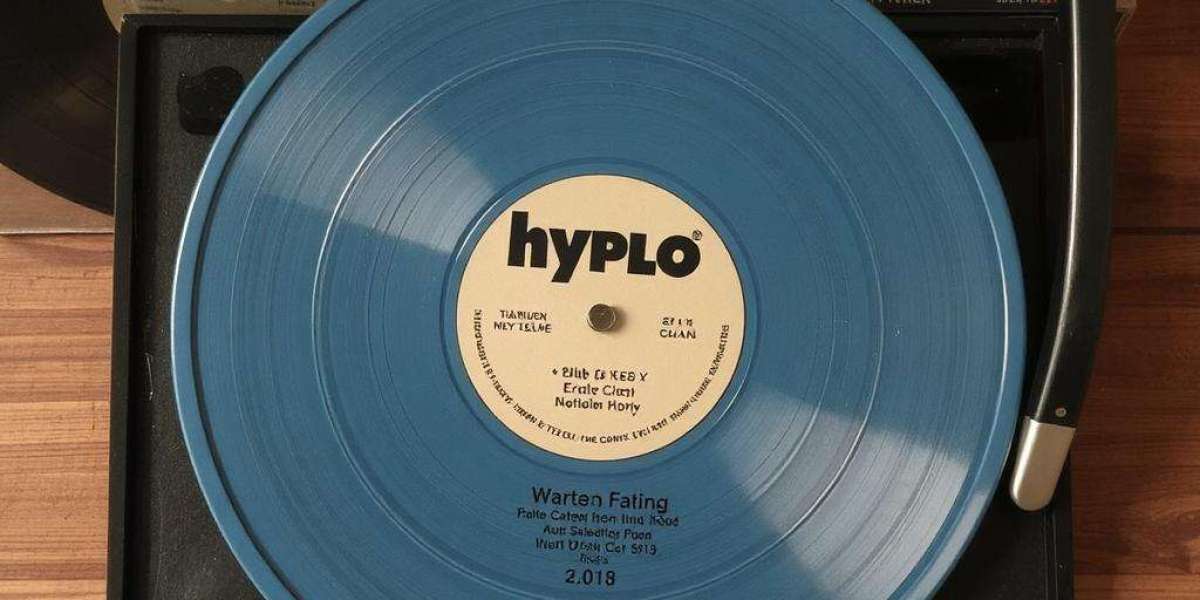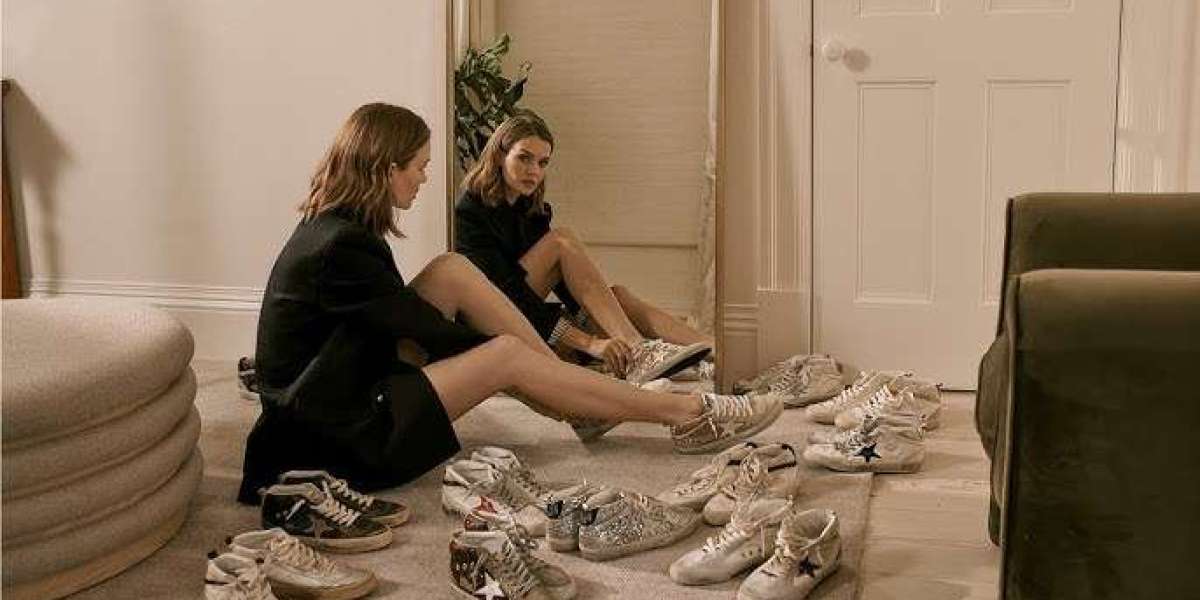Companies like HMV, Odeon, Polydor, and Angel Records ensured that soundtracks were pressed and distributed widely, regardless of the success or failure of the film itself. As a result, even small-budget productions, experimental ventures, and regional crossovers had their songs documented. While many films from that era deteriorated or disappeared entirely due to neglect, vinyl albums became the unintended archivists of Bollywood’s lost music.
A significant reason vinyl saved Bollywood’s musical legacy is that soundtracks were considered commercially valuable products in their own right. Often, films might not perform well at the box office, but the music went on to achieve immense popularity. Record companies ensured that the songs remained accessible long after the films faded from theaters. Collectors today hold albums from forgotten films that are now the only surviving evidence of those projects. Without these vinyl pressings, entire works of celebrated composers, lyricists, and singers might have vanished.
Consider the works of composers like Madan Mohan, Jaidev, and Roshan. Many of their films did not achieve commercial success and were not preserved adequately in archives. Yet their records, pressed on sturdy vinyl, have outlived the films and still circulate among collectors. Songs by Lata Mangeshkar, Mohammed Rafi, Kishore Kumar, and Mukesh survive in their purest analog form, even when the visual narratives they were tied to no longer exist. These vinyls effectively saved portions of their careers from being erased.
Another example lies in regional cinema that often struggled with archiving resources. Small studios in Bengal, Punjab, and Maharashtra sometimes lacked the funds to preserve film reels, but music labels ensured that records were pressed. This preservation through vinyl provided a way for regional music traditions to enter mainstream circulation and survive in memory. Collectors who dig through these records not only encounter rare songs but also rediscover styles, dialects, and instruments that cinema historians might otherwise overlook.
Vinyl albums have also preserved songs that were censored or cut from final film releases. At times, songs were recorded and included on the soundtrack album but were never featured in the movie due to editing or censorship decisions. In such cases, the vinyl became the sole place where those songs could be heard. Collectors often point out how certain rare LPs contain tracks missing from all known versions of the film, making them invaluable pieces of musical history.
The covers of these albums add another dimension to preservation. Original artwork, still photographs, and liner notes on vinyl sleeves often contain details unavailable anywhere else. For many lost films, the sleeve images remain the only surviving visuals of actors in costume, set designs, or promotional styles of the era. Thus, vinyl saved not just the music but also fragments of Bollywood’s visual culture.
In today’s digital era, these records are being rediscovered, digitized, and shared widely, ensuring that the music remains accessible to newer generations. But the value of the physical record cannot be overstated. Unlike fragile film reels, vinyl, when stored properly, can last for decades. Each surviving LP or 45 RPM disc is a tangible artifact, a piece of cultural history that continues to spin stories through its grooves.
Collectors who preserve these vinyl albums often describe themselves as custodians rather than owners. They understand that each album represents more than nostalgia or rarity; it represents survival. A song pressed on vinyl is more than a melody; it is the last witness of a vanished film, carrying forward the voices and sounds of an era that might otherwise be silent.
As Bollywood continues to modernize, the role of vinyl albums as saviors of lost music becomes clearer. These records have bridged the gap between what cinema left behind and what music managed to rescue. They remind us that while films may fade from memory or crumble into dust, the music often endures, spinning faithfully on turntables decades after its creation.
In conclusion, vinyl albums played a silent but crucial role in saving lost Bollywood music. They captured not only songs but also the spirit of a cinematic age. For historians, collectors, and music lovers, they are not just records but relics that kept alive voices, melodies, and traditions that would otherwise be forgotten. Thanks to vinyl, the heart of Bollywood continues to beat strongly, long after many of its films have disappeared.
Bollywood Vinyl Records Classical Vinyl Records Devotional Vinyl Records Dialogue Vinyl Records Dj Remix Vinyl Records English Vinyl Records Film Hits Vinyl Records Ghazals Vinyl Records Instrumental Vinyl Records Non Filmi LP Records Punjabi Vinyl Records Rare Vinyl Records Online Vinyl Shop Online Chardham Hotels in chardham



